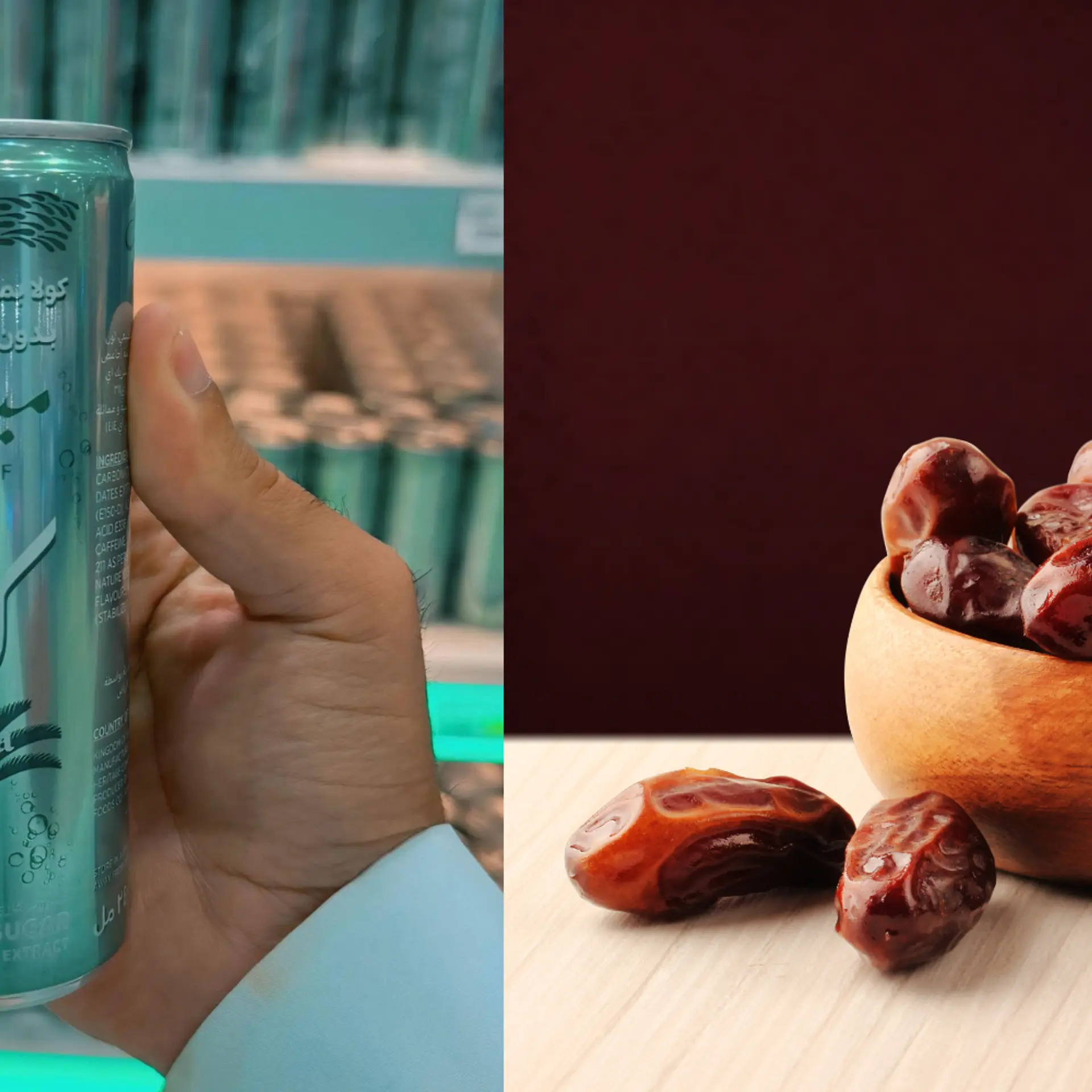Communication in a scale-up is crucial
When I look back at the number of problems that we thought we had solved but kept resurfacing; the number of times we thought we had an agreement on the way forward, and discovered to our dismay that actions on the ground did not reflect that; the number of times we had communicated a plan of action, and found that things didn’t turn out as planned; the number of times driving simple behavioural changes (say the way you claimed travel expenses or raised requisitions for procurement) was excruciatingly painful; the number of times we found a complete lack of awareness on the part of the stakeholders/partners of all the good things that the organisation had been doing for them (while the leadership was pleased with all the great initiatives they had launched and assumed without the slightest doubt that everyone was aware and delighted), the root cause every time was mostly attributable to a shoddy communication job.

I recall an incident in my last organisation (Taxiforsure - a taxi aggregation company in India), where after a great deal of discussion and debate, we took a call to make substantial changes to the driver-incentive structure in our biggest market. It was 2 am when we wound up. We were all pleased with ourselves. We were sure the drivers would love it, and that within 24 hours our business would take a leap. As an after-thought, we wondered how we should let the drivers know. In less than 30 seconds we concluded that the regional business head would address this – maybe by doing a blast of a short text message to the 3,000 plus drivers. We dispersed. As the hours passed by the next day, we were shocked to see that the drivers were actually logging off our system and business was tanking. When we checked, we figured out that the drivers did not understand the text message. It was drafted in English (most drivers only understood Kannada, the local language), wasn’t lucid, and the key messages were lost. Within minutes, the driver grapevine took over, the message was distorted and went viral. We reassembled and figured out that we had completely goofed up on the biggest piece – communication. This time, we created a script and a set of FAQs. We identified everyone who could speak the local language, gave them the script and FAQs along with the phone numbers of a 100 drivers each. The drivers were called, and addressed with humility like any partner should be. We explained what we were doing, why we were doing it, and what was in it for them. Every driver was pleasantly surprised. The next day, we were delighted to see every driver logged in and the rides per hour were off the charts!
The importance of communication is completely underestimated as a startup scales up:
A scale-up phase involves intense change – new roles are being created; old roles are morphing into new ones; new processes are being introduced, and old ones are being buried; and new handshakes and protocols are being created constantly. The irony is that these are precisely the circumstances under which no one seems to have the time for communication. So, when it is needed most, it is most neglected. In a scale up, communication should be an integral component of every key role holder’s responsibilities and should be a very important line item in any project plan. If the project is related to managing change of any kind, the communication line item becomes the most important of all. For example, if you are heading the supply chain innovation function, one of the key components of your role should be to keep users and potential users up to date on the progress of key initiatives, status of pilots, stories of how users are benefiting, etc. If you are implementing an expense claims or a procurement system, you need to communicate with users at every stage. The communication must touch upon the benefits of using this system; the problems associated with bypassing the system; the simplifications that have been made based on user input along with screenshots with a step-by-step explanation on how it is to be used, etc.
Communication, however, is more than updating stakeholders proactively and letting them know what is happening, what is coming or getting them to use new processes:
- Proactive communication can neutralise negative sentiment and create a positive sentiment. Assuming the worst is often the default human thought process, especially in an environment where teams are scattered and remote, and the rate of change is high. This needs to be continually neutralised by publicising the good things and reinforcing them from time to time. If this is ignored, negative sentiment goes viral very quickly. It is difficult to offset negative sentiment if it crosses a critical threshold.
- Discussing an idea even if you anticipate pushback is an important component of communication. Especially if the success of the idea lies in others aligning with it, and implementing it on the ground. There is a reluctance to discuss an idea especially if you feel there would be some opposition, or if you think you may not have all the answers. It is much better to deal with differences upfront. The process of discussion sometimes can genuinely result in a via-media; and sometimes you may have to conclude by saying, “I have listened to all of you and your inputs have been very helpful. However, we do not seem to have a consensus. I promise to evaluate all the inputs in an unbiased manner; but, in the fairness of things, I would expect this group to allow me, as the process owner, to go ahead and take the call”. The very process of seeking inputs and having a healthy debate would soften the stands of many people and reduce implementation challenges significantly. Taking the easy way out in the beginning without getting all the views on the table invariably creates challenges downstream. Conclude meetings by clearly emphasising the way forward and the decisions, especially if there was no clear consensus. Reemphasise these conclusions at every opportunity until even the naysayers understand what they need to do (or expect) despite their misgivings. If you don’t do these, that is, unambiguously state the conclusions and reinforce them, then you are likely to find that when you check for progress, you won’t find it. There would be some pretty lame excuses or statements that imply, “I never really thought we had agreed on this”, or worse still, no specific reason as to why what was expected to be done wasn’t done.
- Realising that silence does not mean agreement (or that a consensus achieved too quickly could be false), and addressing it, is again good communication: Getting an agreement too easily should warn you of the fallacy of the false consensus. In cultures where people do not speak their minds easily (for various reasons), silence does not mean agreement. Sometimes, people may say a few good things about a proposal and not think through or speak about the pitfalls unless explicitly asked to. In such cultures, when you encounter silence or general feel-good statements, provoke a discussion. Ask them to play the devil’s advocate. Ask them for contrarian views. Ask them for all the reasons why the idea may not work. Ask them to identify at least three assumptions that the model makes that may not be accurate on the ground, and could result in the model going wild. Ask them for an alternative approach. Ensure that the senior-most person in the room withholds his/her opinion until almost the very end.
One of the key enablers for a startup to go through the scale-up phase seamlessly is good communication. Communication happens to be one of the holy cows that everyone likes to say is important (like culture), but do not understand precisely enough to make a difference.







